How Healthy is Your Brand? Discover Essential Brand Health Metrics to Scale Your Business!
08/11/2025
Branding
Learn how to measure and improve your brand’s health with the essential metrics that drive awareness, loyalty, and long-term business growth.

In this article, we will explore the essential brand health metrics and key performance indicators (KPIs) that businesses can use to evaluate their brand's performance.
.png)


A Complete Guide to Brand Health Metrics

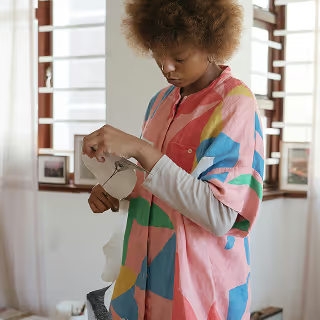

For those unfamiliar with these terms, brand health metrics and KPIs are crucial indicators of a business's progress towards achieving its short and long-term goals.
In the digital marketing realm, brand health metrics are especially relevant as they enable businesses to implement marketing strategies more effectively and efficiently than traditional methods.
By utilizing brand health metrics and KPIs, businesses and other brands can create enduring brands that stand the test of time, rather than merely fleeting trends or fads.
To achieve this, it's essential to track and utilize the appropriate brand KPIs. While there are many KPIs that businesses can use in various situations, we have identified the top eight KPIs that every business should implement for branding and digital marketing purposes.
Throughout this article, we will delve into each KPI, including relevant measures for each category, additional branding resources, and practical tips for implementing these marketing strategies for brands of all sizes and scales.
Here are some very specific step by step branding guides for: Real Estate, Lawyers, Accounting, Doctors, Dentists, Optometrists, Jewellery, Makeup & Beauty, Skincare, Pet Food, Fashion and Construction.
If you would like some additional assistance in measuring and tracking the health of your brand and tailoring your marketing strategies accordingly, get in touch with us.
Keep reading for a step by step guide to brand health metrics!
What are Brand KPI’s?
The model that we have provided lists 8 essential brand health metrics that we will discuss in further detail
These include:
- Brand Recall
- Brand Equity
- Conversion
- Brand Loyalty
- Purchase Behaviours
- Brand Sentiment
- Consumer Behaviours
- Brand Associations
Let’s dive in!
Also, don’t forget to check out our other blog posts for free guidelines, tips and tricks!
And, feel free to contact us if you have any questions about branding and marketing. We’re here to help you.
Brand Recall
Brand recall is a ubiquitous and vital brand health metric used to measure the ability of the target audience to remember your brand and its key messages effortlessly and unconsciously.
To evaluate brand recall, brand KPIs such as unprompted and prompted recall, and share of voice can be utilized.
Among these, unprompted recall is a crucial KPI for larger brands as it measures the ability of consumers to recall a brand when thinking about the industry as a whole.
For instance, in the outdoor goods/camping industry, Cabela's is likely to come to mind first as it has achieved top-of-mind awareness through its specialty retail store.
While unprompted brand recall is an essential brand health metric for larger brands, it may not be as relevant for small businesses operating in highly niche markets.
In such cases, prompted brand recall is a more beneficial KPI for tracking brand performance. Prompted brand recall is measured by asking consumers whether they have heard of the brand or considered buying from it in the past.
For example, our recent client RealPekka also operates within the outdoor goods industry; however, unlike Cabela’s, the brand caters to a niche audience and offers a unique value proposition that combines outdoor apparel with abstract art.
In this scenario, RealPekka would be better off measuring prompted brand recall as a brand health metric, since defining the industry is challenging and can be both narrow and limiting.
Thus, a high prompted brand recall measure will indicate that the brand is doing well to gain awareness within the niche target audience.
Last but not least, share of voice can be used as a key performance indicator under the brand recall category.
Similar to unprompted and prompted brand recall, share of voice is a measure of brand preference and brand awareness.
More specifically, the share of voice determines how dominant your brand's messaging is within the category.
Social listening tools like Awario, Brandwatch and Brand24 are valuable resources that can be used to assess your brand's share of voice. These tools extract data from social media platforms that can be used to draw key insights regarding your brand's share of voice.
At The Branded, we're able to start you off at the right place and grow/scale your business to a new level. Brand recall requires strong brand loyalty and awareness.
Having a brand identity guideline would be a great start for any business as it can provide a strong brand positioning statement and name foundation that will boost your brand health metric in the long run.
Brand Equity
Brand equity is another brand health metric that incorporates various brand KPI's, providing insightful information regarding a brand's brand health tracking, and performance.
In our most recent post on Brand Positioning, we showcased and explained how Kellner's Brand Equity Model (CBBE Model) can be used in depth qualitative data to evaluate brand positioning.
Likewise, the CBBE Model is a useful resource when also tracking brand health metrics.
Brand equity can also be expressed numerically by calculating brand strength and unprompted recall.
Search Engine Watch provides the calculations for these measures:
Brand Strength = (Purchase Intent + Net Promoter Score) x 100
Brand Equity = (Brand Strength x Unprompted Recall) x 100
The net promoter score and purchase intent will be discussed in the latter two sections.
The main thing to understand when measuring brand equity is that a higher score indicates a greater net worth of your most valuable asset, YOUR BRAND!
Conversion












Conversion is another brand health metric, which analyzes the total amount of consumers within the target audience that are being converted to paying customers. The conversion rate is one brand KPI that can be used, in addition to the cost per acquisition and purchase intent.
Cost per acquisition (CPA) denotes the total amount that is being spent to acquire a customer.
CPA is an important measure in tracking the health of a brand campaign. CPA can also be used to inform the marketing budget.
Purchase intent is a measure of conversion that assesses the likelihood that a consumer will buy.
This can be calculated numerically by administering a survey that includes a Likert scale, asking target consumers the likelihood that they would consider purchasing your brand, on a 7-point-scale, from “very unlikely” to “very likely”.
Purchase intent then equals the number of “very likely” responses over the total number of responses.
In this case, a higher number is better, indicating that more consumers are “very likely” to buy and be converted to paying customers.
By using brand KPI's that assess conversion, the overall strength of a brand can be determined.
Brand Loyalty
There are numerous methods for tracking brand loyalty. We have chosen two specific brand KPI's that can be used to inform a business of brand promise and how well it is doing to become brand advocates and develop long-term relationships with customers.
These include the net promoter score and customer lifetime value.
The net promoter score (NPS) is one of the measures that is required to calculate brand strength and equity.
Net promoter score is a measure of how willingly your current customers will promote your brand.
Open View Partners offers a useful graphic and formula for making the NPS calculation.
By administering a survey to current customers and recording this data, the above formula can be utilized to calculate NPS.
Customer lifetime value is another common brand KPI that measures brand loyalty.
“Acquiring new customers can cost up to 5 times more than retaining current ones,” states Open View Partners.
For this reason, it is more effective to track the lifetime value of current customers than to constantly seek new customers and revenue streams.
To improve customer lifetime value, marketing strategies should be implemented to raise the average order value of purchases and/or maintain existing satisfied customers, through a loyalty/rewards program.
But first, it is important to utilize customer lifetime value as a brand health metric that determines where the brand's health currently is and which marketing strategies should be employed.
Purchase Behaviours
Purchase behaviours are important for understanding your brand's sales funnel and how effectively you are converting your fans/viewers to customers.
Each brand will have unique strategies that are applied to each phase of the sales funnel, depending on the type of product or service being offered by healthy brand, as well as, how the brand research business operates.
It is important to view the sales funnel holistically when using purchase behaviours as a brand health metric.
Each purchase behaviour should be analyzed to determine:
- How the customer found the brand (i.e., awareness phase)?
- What kept their attention (interest phase)?
- What made them consider purchasing (consideration phase)?
- What resulted in a favourable purchasing outcome (decision phase)?
- How and what did they purchase (purchase phase)?
By analyzing each brand performs unique customer feedback purchase behaviour, you can begin to implement more effective strategies for recruiting and retaining customers.
Many brand KPI's that should be utilized when tracking brand health important purchase behaviours involve website analytics. We will go over some of the specific metrics in the consumer behaviours section.
Want to learn more about brand platforms, Brand Strategy and Brand Identity? Keep reading!
If you need help with your companies brand strategy and identity, contact us for a free custom quote.
Brand Sentiment

The next brand health metric that we will cover in this post is brand sentiment.
This is especially relevant in today's social media savvy world. What is being said about your brand online matters now more than ever, and it is important to listen to these conversations to track the health of your brand.
While an entire post could be dedicated solely to this section, we will keep things brief by covering two brand KPI's that should be frequently analyzed for brand sentiment.
These include social mentions and brand reputation.
Social mentions refer to the organic and paid sharing of your brand's social media content.
For example, a loyal customer may organically tag your product in their Instagram story to tell their friends how much they love your brand.
Similarly, a paid influencer may post about your brand's friendly customer service.
By tracking social mentions, you will gain insight into how to grow your brand online, and determine the type of content, products, or services that are sparking conversations and/or are highly regarded by your fans.
Social mentions can also be used to infer your brand's reputation.
In other words how familiar consumers, what types of feelings does your brand evoke?
Are the majority of conversations about your brand online positive or negative?
These types of questions can be answered by using social listening tools, as well as, being acutely aware of the social media/online environment surrounding your brand.
Consumer Behaviours
Similar to purchase behaviours are consumer behaviours.
As a brand health metric, these will include more broad KPI's, that apply to consumers that express an interest in your brand but have yet to be converted to paying customers.
Website analytics offer crucial insights for tracking consumer behaviours and developing effective digital marketing strategies.
Search intent, time on the website, traffic, and bounce rate, are just a few of all the metrics indicators that can be used towards tracking consumer behaviours, and thus, your brand's performance.
Brand Associations
The final brand health metric that we'll discuss is brand associations. These include, but are not limited to, consumer perceptions, feelings, and emotions.
Latana indicates that brand associations are a powerful brand health metric, as they can be used to identify strengths and weaknesses in your branding and marketing strategies.
Brand associations can be measured by administering surveys or interviewing consumers and asking questions to better understand their perceptions, feelings, and emotions following brands.
These insights can be used to develop messaging that is tailored to the target audience that your brand is after–in alignment with your brand's mission, vision, and values.
Tools and Technologies
In this digital age, there are many tools and technologies that can help you track key brand health metrics now. These tools have features, benefits and costs so you can choose the right one for you.
Social Listening Tools
- Awario: Monitors social media and web mentions, gives you insights into brand sentiment and share of voice. Features: Real-time monitoring, sentiment analysis and detailed analytics. Benefits: Understand public opinion and trends.
- Brandwatch: Advanced social listening with AI-driven insights. Features: Comprehensive analytics, custom dashboards and influencer tracking. Benefits: Deep insights into brand perception and market trends.
- Brand24: A cost-effective tool to track brand mentions and sentiment across the web and social media. Features: Mention tracking, sentiment analysis and influencer score. Benefits: Affordable and easy to use, perfect for small to medium-sized businesses.
Survey Tools
- SurveyMonkey: Used to create and distribute surveys to measure brand recall, customer satisfaction and more. Features: Customizable templates, advanced analytics and integration with other tools. Benefits: Easy to create surveys and analyze results.
- Qualtrics: Advanced survey platform that gives you detailed insights into customer experience and brand perception. Features: AI-powered analytics, real-time data collection and extensive customization. Benefits: Highly detailed insights, for large enterprises.
Analytics Platforms
- Google Analytics: Tracks website traffic and user behavior, gives you insights into brand engagement and conversion. Features: Traffic analysis, user demographics and behavior flow. Benefits: Full website performance data, free to use.
- Adobe Analytics: Detailed analytics to understand customer journeys and brand interactions. Features: Advanced segmentation, predictive analytics and real-time reporting. Benefits: In-depth analysis for large-scale operations.
To implement brand health measures and KPIs effectively you need a structured approach. Here’s a step-by-step guide to help you integrate these metrics into your marketing strategy.
Step-by-Step Guide
- Identify Key Metrics: Determine which KPIs are relevant to your business goals. Focus on metrics like brand recall, equity, conversion and loyalty.
- Choose Tools: Select tools that match your identified metrics. For example, use social listening tools for sentiment analysis and survey tools for brand recall.
- Set Baseline Metrics: Establish baseline measurements for each KPI to track progress over time. This initial data will be your reference point.
- Integrate KPIs into Marketing Strategy: Make sure your marketing strategy includes specific actions to improve each KPI. For example, use engaging content to boost brand recall and loyalty programs to enhance brand loyalty.
- Monitor and Report: Monitor your KPIs using the chosen tools. Generate regular reports to track progress and identify areas for improvement.
- Adjust Strategies Based on Data: Use the insights from your KPI tracking to refine your marketing strategies. For example, if brand recall is low, invest more in advertising or social media campaigns.
Tips
- Consistency is Queen: Make sure your messaging is consistent across all channels to improve brand recall and equity.
- Engage with Customers: Engage through interactive content, surveys and social media to boost brand sentiment and loyalty.
- Use Data: Use data from your analytics tools to make decisions and tailor your marketing to your brand goals.
Problems and Solutions

Measuring brand health can be tricky. Here are some common problems and solutions.
Problem 1: Inconsistent Data Collection
- Solution: Standardize your data collection across all platforms. Use integrated tools that give you consistent and reliable data. Set clear guidelines for data entry and monitoring.
Problem 2: Limited Budget for Tools
- Solution: Prioritize your most important KPIs and invest in affordable tools that give you the insights you need. Many tools offer scalable pricing so you can upgrade as you grow.
Problem 3: Interpreting Data
- Solution: Make sure your team is trained in data analysis and interpretation. Use tools that are user-friendly and offer clear visualizations and actionable insights. Consider hiring a data analyst if needed.
Problem 4: Keeping up with Trends
- Solution: Stay up to date with industry trends and refine your KPIs as market conditions change. Review and adjust your metrics regularly.
Problem 5: Integrating KPIs into Strategy
- Solution: Align your KPIs with your business goals and marketing strategy. Make sure every team member understands the importance of these metrics and how they contribute to the company’s success.
By solving these problems you can measure and improve your own brand health and grow long term.
Brand Health Metric Resources
There are plenty of other brand health metrics out there that haven't been mentioned in this post, that can be used to track the health and performance of your brand.
Smart Insights offers a great resource for understanding which brand KPIs to use depending on your brand's marketing goals.
A Marketing and Branding Agency like ours offers quality and affordable services if you are just beginning to understand brand health metrics and which brand KPI's that you should be tracking.
You can book a call with us if you'd like to learn more about the creative branding and marketing services we offer.
Let's chat, so we can start getting your own brand strategy, foundations and brand objectives going while tracking your brand KPI's. And, if you want more tips, tricks and hacks to scale your business, we have it all in our blog section!

Sloane Avery
As entrepreneurs, they’ve built and scaled their own ventures from zero to millions. They’ve been in the trenches, navigating the chaos of high-growth phases, making the hard calls, and learning firsthand what actually moves the needle. That’s what makes us different—we don’t just “consult,” we know what it takes because we’ve done it ourselves.
Want to learn more about brand platform?
If you need help with your companies brand strategy and identity, contact us for a free custom quote.
We do great work. And get great results.
+2.3xIncrease in revenue YoY
+126%Increase in repurchase rate YoY
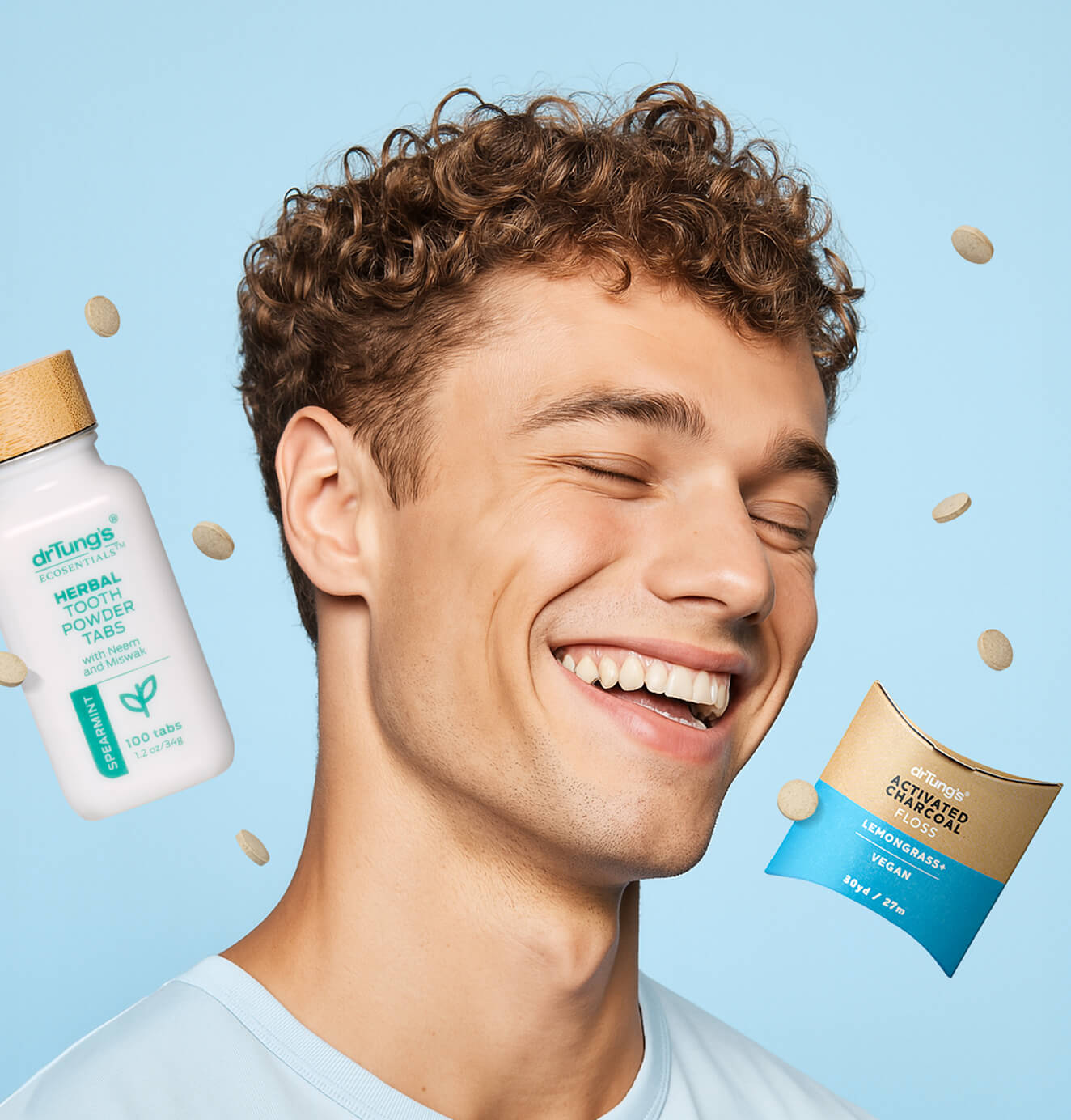
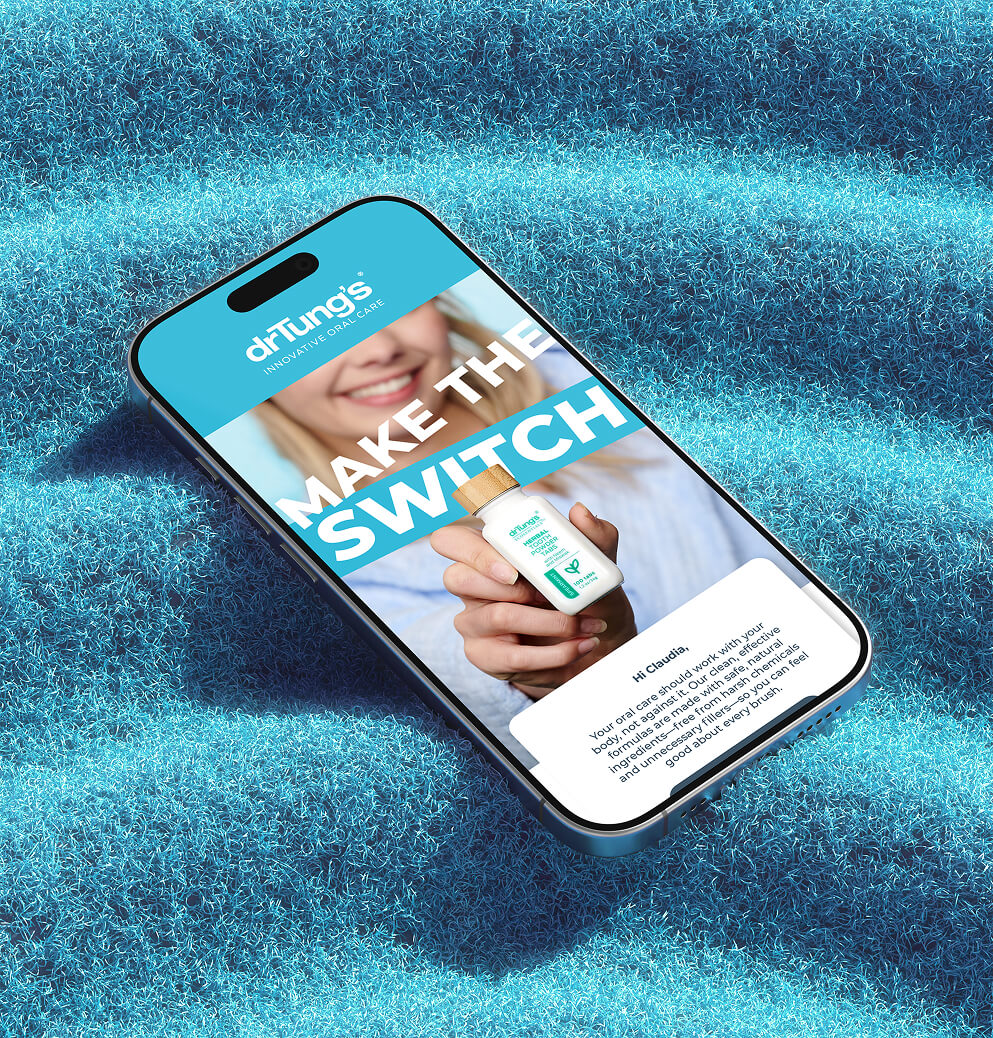






+93%Revenue growth in first 90 days
+144% Increase in attributed revenue


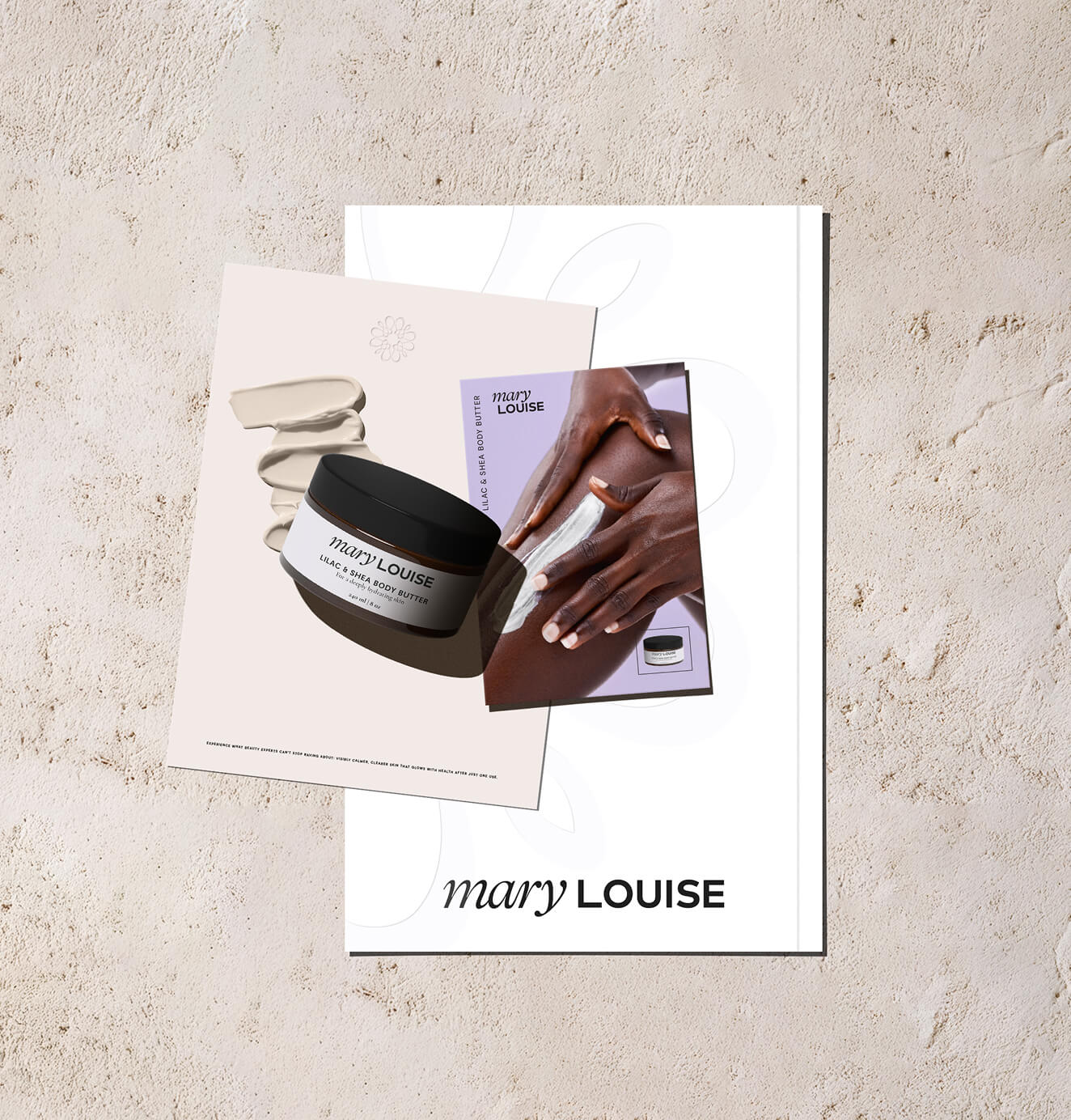





+91%Increase in conversion rate
+46%Increase in AOV


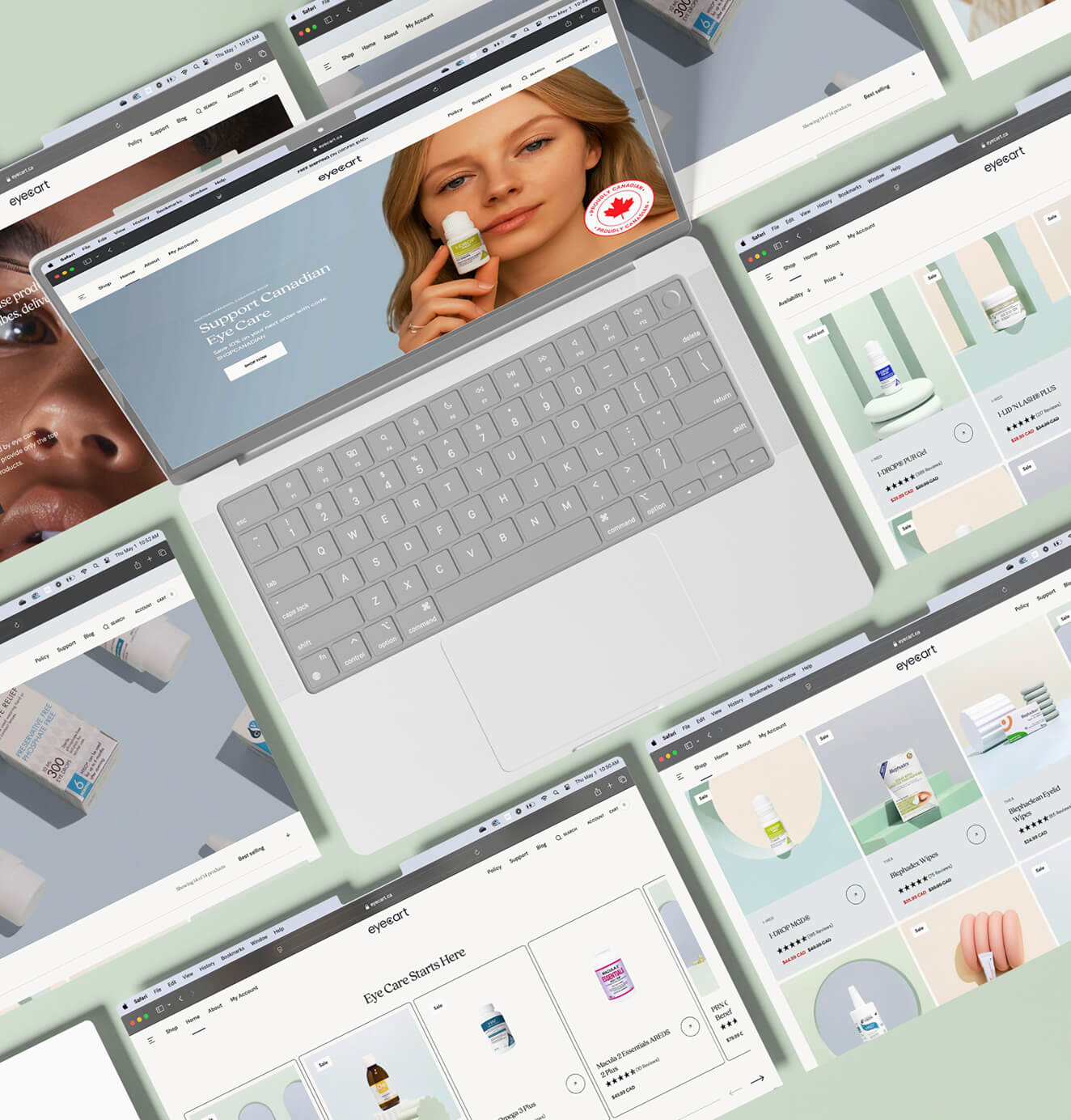





+200%Increase in conversion rate
+688%Increase in attributed revenue












